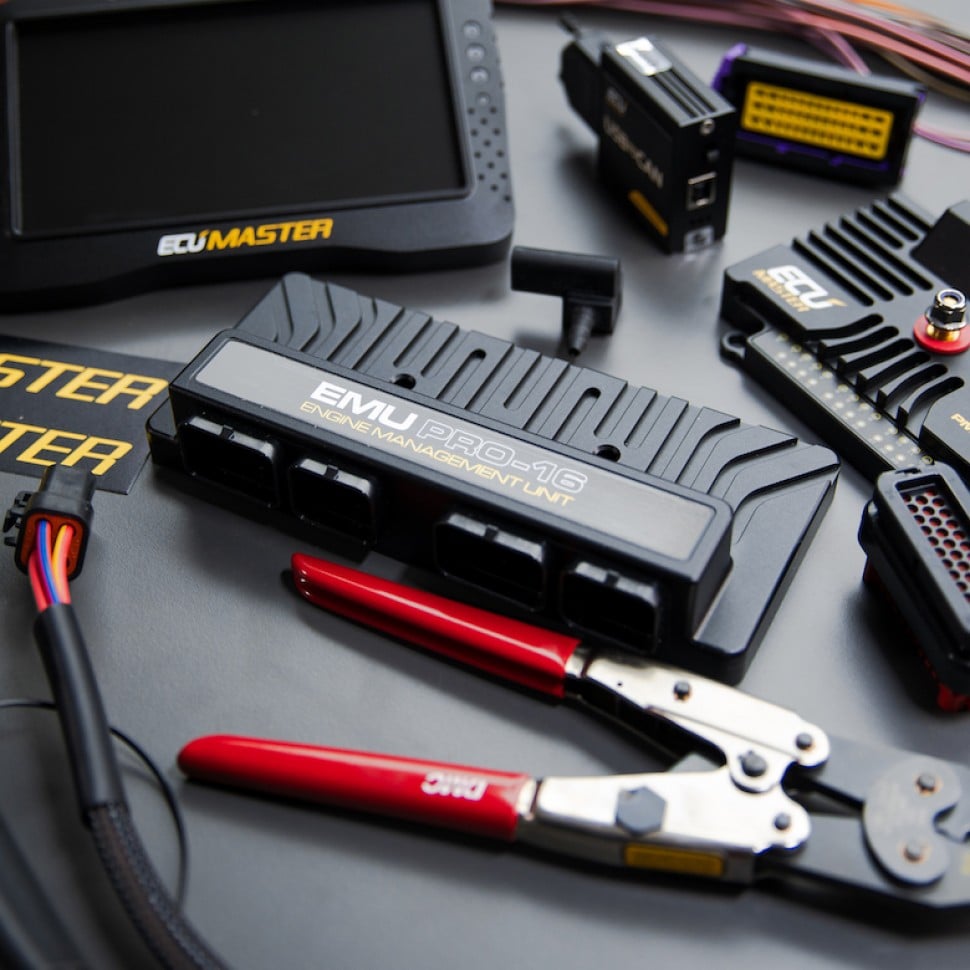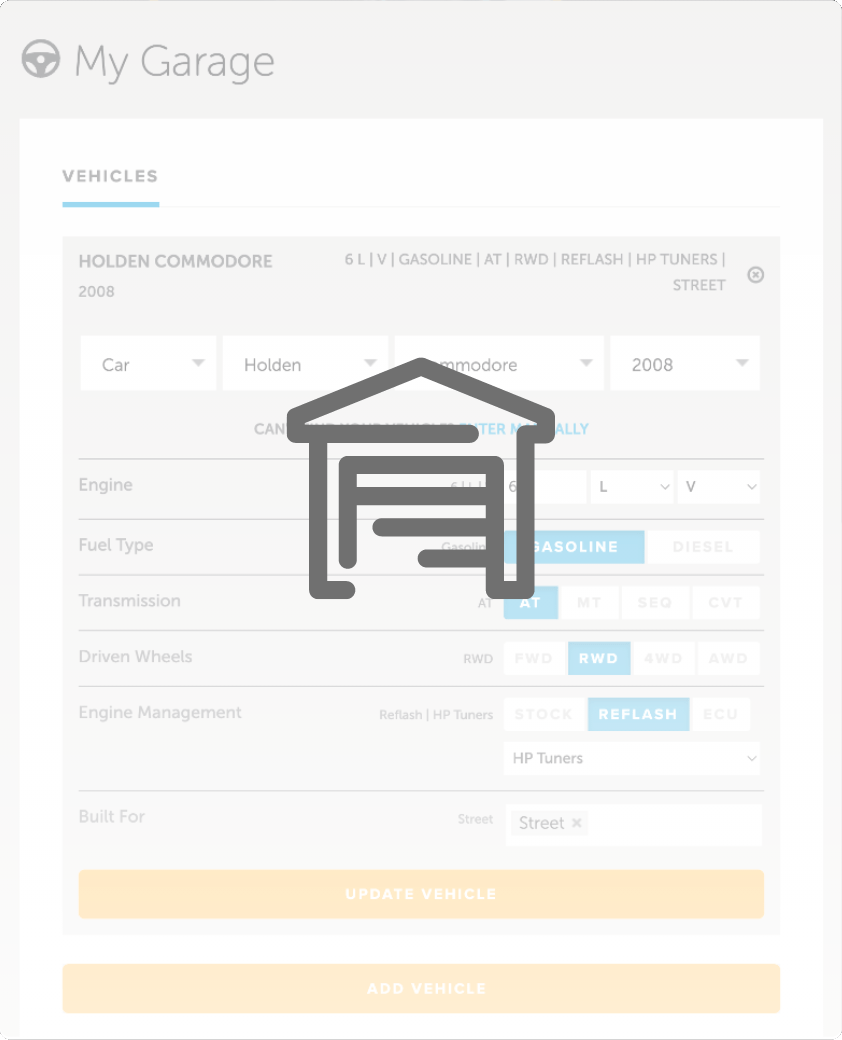| 00:00 |
- Where does corner balancing come into play in the car setup? So we do generally do the corner weighting, or the corner balancing, we do that as part of our setup process.
|
| 00:08 |
So we'll be, I will normally do that when I'm doing my wheel alignment, at the same time.
|
| 00:12 |
My mechanics are doing my wheel alignement for me, that's normally part of our process, all of that stuff happens simultaneously.
|
| 00:18 |
So normally we would go ahead and all of this stuff is iterative because all of these things, whether it's camber, toe, caster, wheel corner loads, all these things have some sort of relationship between them so what usually happens, we sort of start iterating down before you end up going through a little bit of a loop.
|
| 00:35 |
So you usually go ahead and get your ride height roughly set, get your caster set then you just sort of iterate around on toe and camber for a while and then at the end you would go ahead and set, you'd end up making a bit of a compromise between your ride heights and your corner weights but you're certainly doing it as part, at the same time as doing your wheel alignment setup.
|
| 00:52 |
At the end, after you've done your wheel alignments and your corner weights, usually the last thing I do is go ahead and just finely check all of those wheel alignment parameters after I've done my corner weighting as well.
|
| 01:00 |
Now as far as what does it mean in terms of the car setup? So there's a whole lot of different things that can play into it but let's take an example of, let's say I haven't done the corner weighting on my car or I haven't done it correctly, I've got an imbalance across the front axle, let's say I've got something like 100 pound difference or if it was 50 pounds difference across the front axle as far as the amount of vertical load acting on each of them.
|
| 01:24 |
What that's going to do straight away, one of the big problems you'll see is for brake locking.
|
| 01:28 |
So if you've got one tyre that's more lightly loaded than the other, which is something we can fix with our corner weighting technique so making small changes to the ride height, just to change that weight distribution, well not so much the weight distribution but how the weight is reacted through each tyre of the car.
|
| 01:42 |
That lightly loaded corner is going to be more susceptible to inside front locking.
|
| 01:47 |
So I just mean by that that the inside front tyre which is usually the one that's most likely to lock when you're entering a corner, let's say we're going into a left hand corner, we're braking, you start your braking in a straight line, then you're going to transition to trail, when you're trailing you're starting to add steering input, that means that car's going to start rolling, we're going to start transferring some load from the inside to the outside tyre.
|
| 02:03 |
Not only has that inside tyre had some of its vertical load taken off it and been transferred to the outside, you're also steering it as well so it's even more susceptible to front lock.
|
| 02:12 |
So when you don't have your corner balancing set properly, it can introduce things like problems on drive, problems on braking, as well as problems mid corner with things like balance and stuff like that.
|
| 02:23 |
So it's absolutely, I would say really if you're taking your racing seriously, it's a mandatory thing to be able to get right because it does have a big impact on the handling of the car.
|
| 02:31 |
That question was taken from one of our free live lessons.
|
| 02:35 |
If you like free stuff and you want to expand your knowledge, click the link in the description to claim your free spot to our next live lesson.
|
| 02:42 |
You'll learn about optimising the performance and handling of your car on the racetrack, as well as improving your skills behind the wheel.
|
| 02:49 |
Plus, you'll have the chance to ask your own questions, which we'll be answering live.
|





